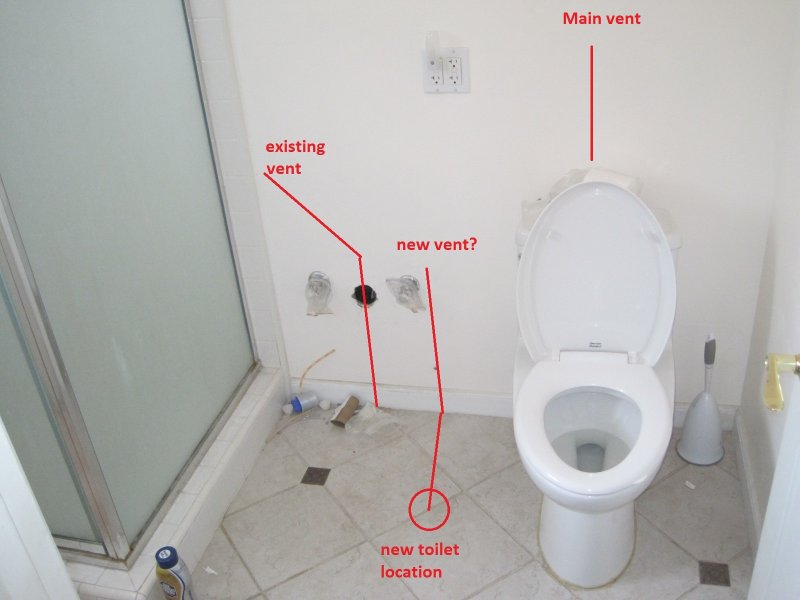How Far Can You Move a Toilet from the Stack?
When it comes to bathroom renovations or upgrades, one of the most frequently asked questions is: how far can you move a toilet from the stack? This topic holds great importance for homeowners considering a remodel, as it directly affects plumbing, functionality, and even aesthetics. Understanding the limits and considerations of relocating a toilet can help ensure that your renovations go smoothly and without costly mistakes.

The stack, which is a vertical pipe that carries waste and venting for your plumbing system, plays a critical role in plumbing. When contemplating moving a toilet, the distance from the stack is crucial. At its core, the ability to move a toilet is primarily determined by plumbing codes, the existing plumbing layout, and the type of waste system installed.
In most residential setups, code regulations allow for a toilet to be relocated up to ten feet away from the stack. However, this is under ideal circumstances. Moving the toilet further than this distance introduces several challenges requiring careful consideration.
-
Waste Line Slope: A vital factor is ensuring that the waste line maintains a consistent slope. The minimum slope typically required is a 1/4 inch drop per foot of horizontal run. If the distance increases, achieving this slope may prove difficult, leading to potential clogs and sewage backups.
-
Ventilation Requirements: Proper venting is essential to avoid unpleasant odors and ensure that plumbing functions smoothly. Venting must be maintained within the specified distances from the stack—usually within a few feet—to allow air to flow freely and prevent vacuum accumulation.
-
Space and Layout Considerations: On a more practical level, consider the layout of your bathroom. With an appropriate design, you may effectively re-position a toilet while ensuring user comfort and accessibility. Creating the optimal space can enhance not only functionality but also the overall look of your bathroom.
-
Professional Assistance: It’s advisable to consult with a plumbing professional when relocating a toilet. Experienced plumbers can assist in ensuring compliance with local codes and can offer suggestions that might make the project more feasible.
-
Alternative Solutions: In cases where moving further than ten feet seems necessary, alternative solutions are available. For instance, utilizing a macerating system can facilitate the relocation of toilets without the need for extensive plumbing changes. These systems break down waste and can pump it to the existing stack, allowing for greater flexibility in placement.
Costs should also be factored into any plans for relocation. Depending on the distance, you may need to increase your budget to account for additional materials, such as piping or venting alterations.

Ultimately, moving a toilet from the stack requires careful planning and consideration of multiple factors. Whatever your reasons for wanting to move the toilet—be it for improved layout, increased space, or a modern touch—understanding the limitations and requirements can lead to a successful project.
In conclusion, while the standard distance is about ten feet, working within that range and ensuring all code requirements are adhered to is crucial. Whether it’s a simple bathroom refresh or a complete overhaul, making informed decisions will save you from potential headaches down the line. Speaking with a professional can also provide insights tailored to your specific situation, helping ensure that your revamped bathroom remains both functional and visually appealing.
For homeowners and renovators, the key takeaway is that moving a toilet is feasible, albeit with certain limitations and careful thought regarding logistics and plumbing codes. Consider the necessary steps, budget, and consult experts if needed to achieve the best result for your bathroom renovation.



